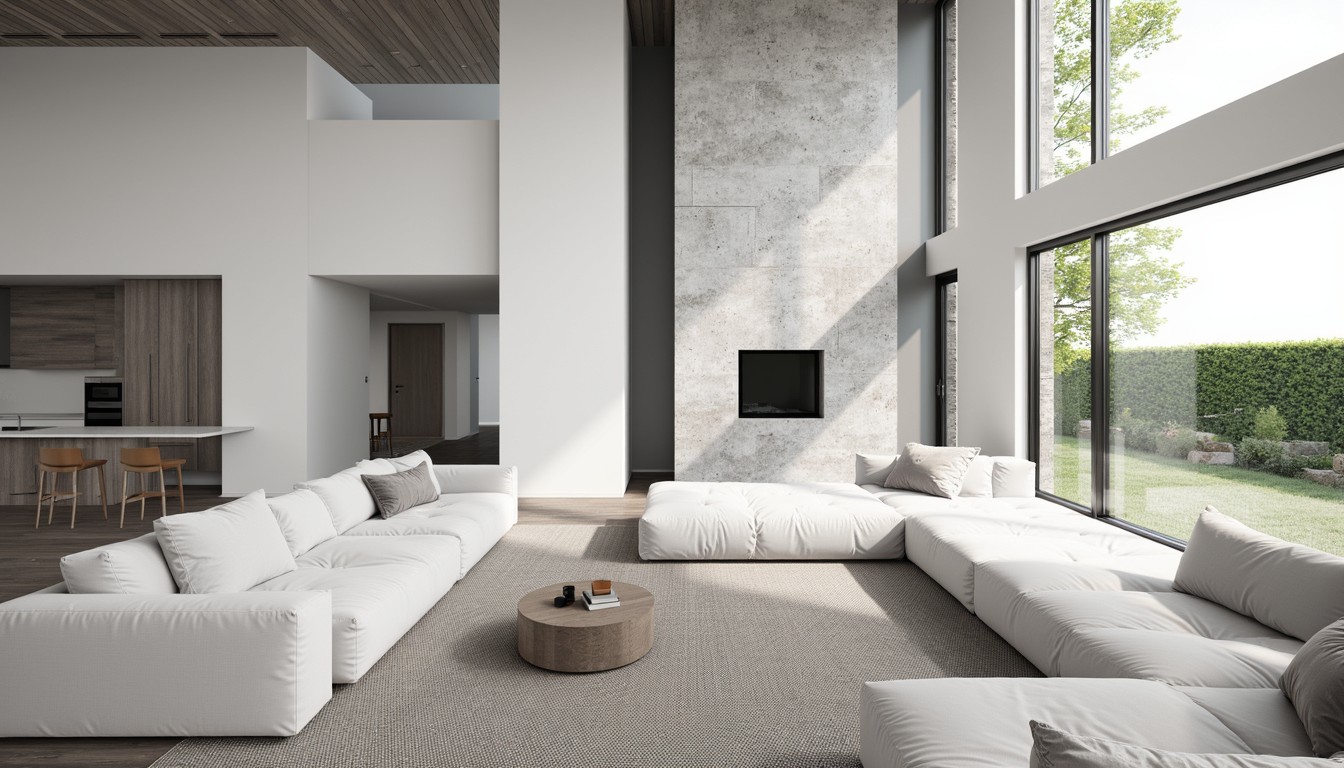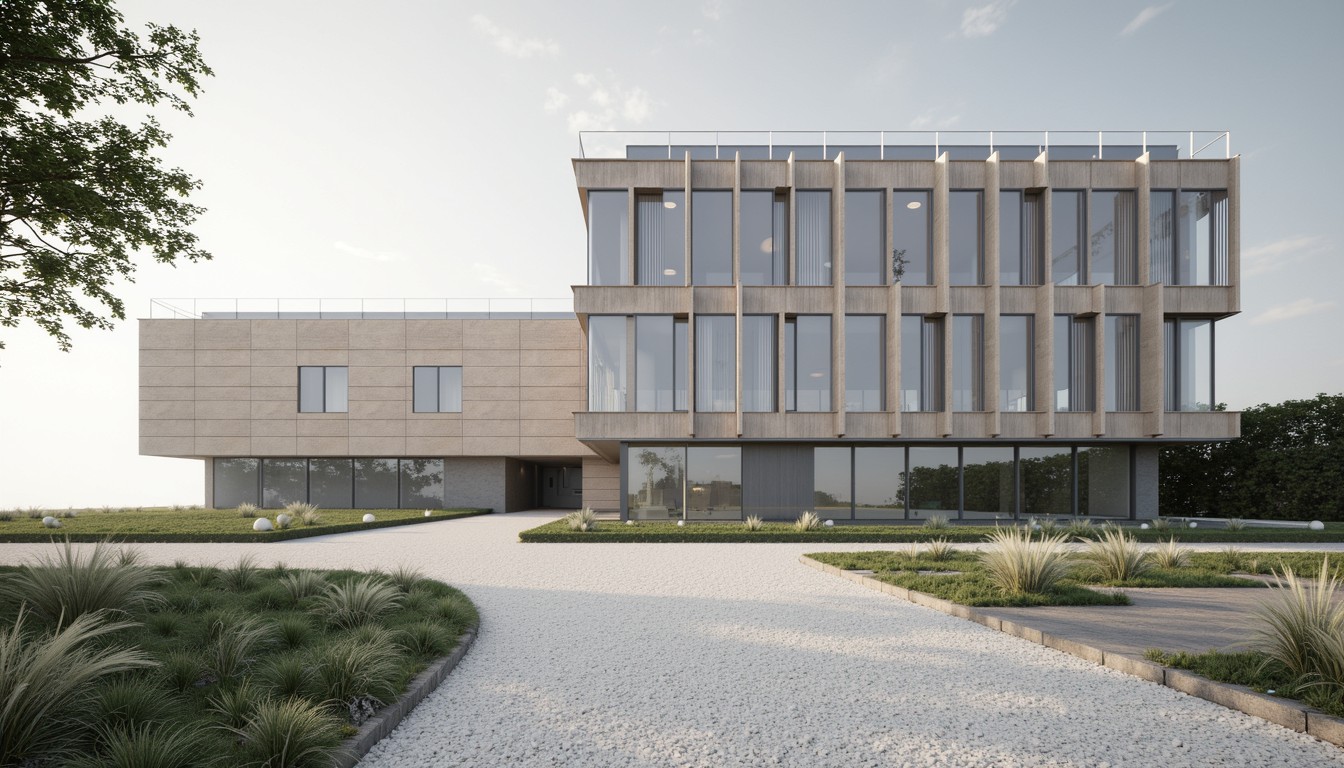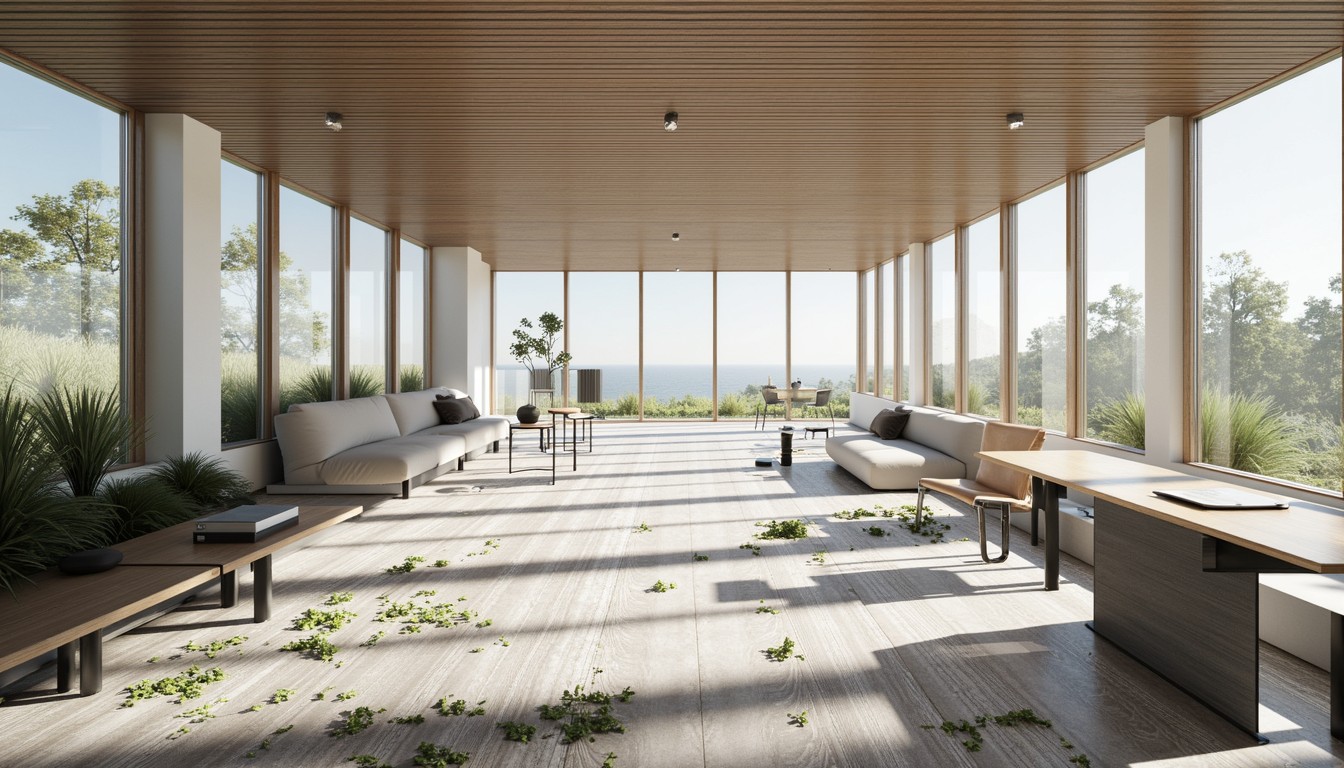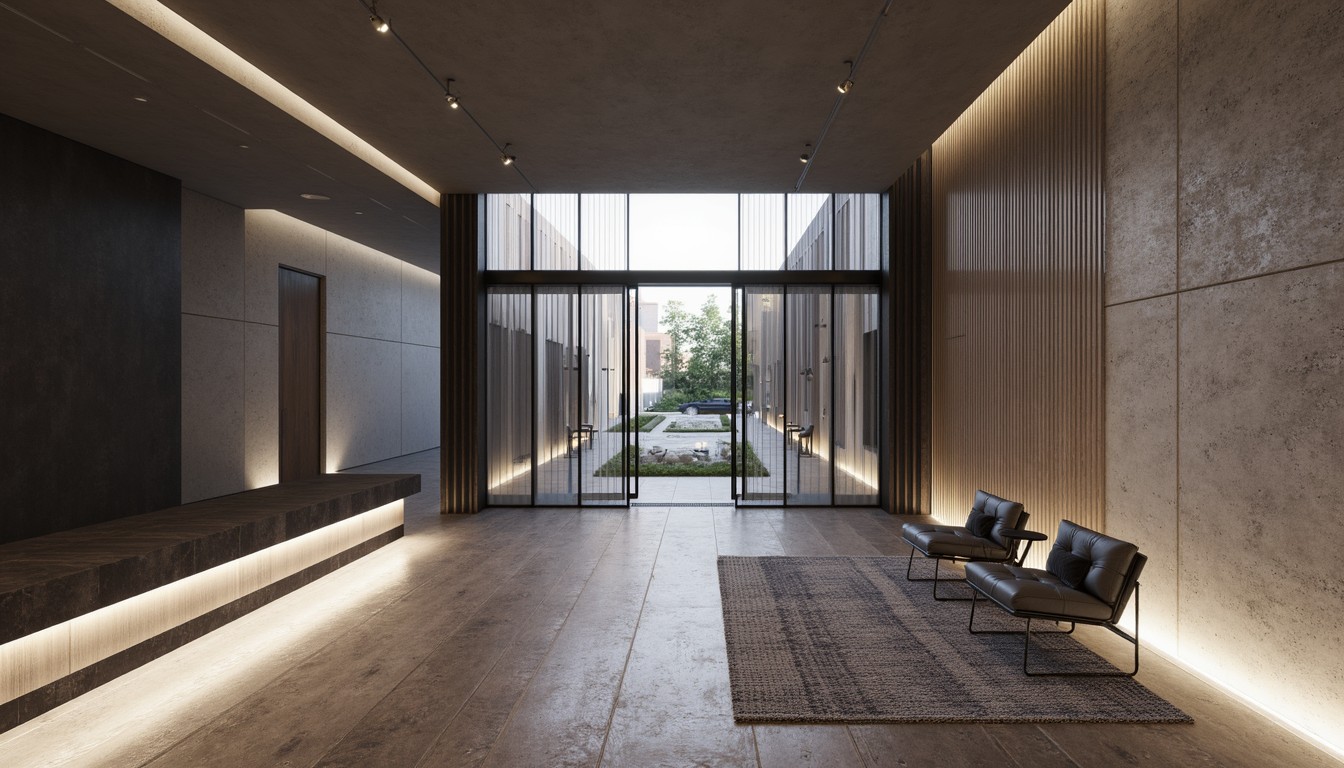Immersive Design: Revolutionizing Architecture with VR & AR
The architectural landscape is undergoing a dramatic transformation, driven by the convergence of cutting-edge technology and innovative design practices. At the forefront of this revolution are Virtual Reality (VR) and Augmented Reality (AR), two powerful tools reshaping how architects visualize, collaborate, and present their designs. ArchNav is at the forefront of this exciting evolution, leveraging these immersive technologies to deliver unparalleled architectural visualization experiences.
Understanding the Power of Immersive Technologies

For years, architects relied on static renderings, 2D blueprints, and physical models to communicate their vision. While effective, these methods often lacked the depth and engagement necessary to fully convey the spatial experience of a building. VR and AR offer a powerful alternative, providing immersive, interactive experiences that allow clients and stakeholders to truly step inside a design before it's even built.
Virtual Reality (VR) in Architectural Visualization
VR technology immerses users in a completely simulated environment. Using VR headsets, architects can transport clients into a photorealistic virtual replica of their building, allowing them to explore every detail from the inside out. This offers several key advantages:
- Enhanced Client Engagement: VR provides a more engaging and memorable experience than traditional methods, fostering better client understanding and buy-in.
- Early Design Feedback: Identifying design flaws and making necessary adjustments early in the process saves time and resources.
- Improved Collaboration: VR facilitates collaborative design reviews, enabling architects and clients to interact with the model simultaneously and make real-time changes.
- Realistic Spatial Understanding: VR accurately represents scale, proportions, and spatial relationships, minimizing misinterpretations.
Augmented Reality (AR) in Architectural Design
Unlike VR, AR overlays digital information onto the real world. Using AR applications and devices like smartphones or tablets, architects can superimpose their designs onto the actual site, giving clients a clear understanding of how the building will integrate with its surroundings. This offers unique benefits such as:
- Site Contextualization: AR helps visualize how a building fits within its environment, considering factors like sunlight, views, and surrounding structures.
- Real-time Design Exploration: Architects can easily modify the design in AR and see the immediate impact on the real-world context.
- Simplified Communication: AR facilitates clear communication with clients and stakeholders, eliminating potential misunderstandings about scale and placement.
- Marketing and Presentation: AR can create visually impressive marketing materials, showcasing the project in a unique and engaging way.
Real-World Applications of VR and AR in Architecture

The applications of VR and AR in architecture are constantly expanding. Here are some practical examples:
- Residential Design: VR allows clients to virtually tour their future homes, selecting finishes, and making informed decisions about layouts and features.
- Commercial Projects: AR can simulate the placement of furniture and fixtures in commercial spaces, aiding in space planning and maximizing efficiency.
- Urban Planning: VR and AR can help visualize large-scale urban development projects, allowing city planners and stakeholders to understand the impact on the community.
- Heritage Preservation: AR can overlay historical information onto existing structures, enriching the visitor experience and providing valuable educational insights.
- Construction and Facility Management: VR can be used for training purposes, simulating construction scenarios and familiarizing workers with the building's layout.
Choosing the Right Immersive Technology for Your Project

The choice between VR and AR depends on the specific project requirements. VR is ideal for fully immersive experiences and detailed design exploration, while AR excels at contextualizing designs within the real world. Many projects benefit from a combined approach, leveraging the strengths of both technologies.
ArchNav: Your Partner in Immersive Architectural Visualization
ArchNav is a leading architectural visualization company specializing in delivering high-quality, immersive experiences using the latest VR and AR technologies. Our team of experienced architects and visualization specialists work closely with clients to understand their unique needs and create customized solutions that exceed expectations. We combine cutting-edge technology with artistic vision to bring your architectural projects to life in a way that is both breathtaking and informative. Contact us today to learn how ArchNav can help you leverage the power of immersive design to transform your architectural practice.
